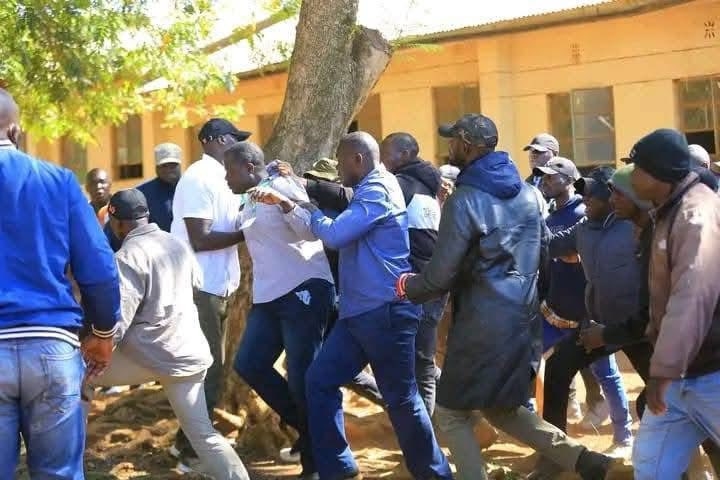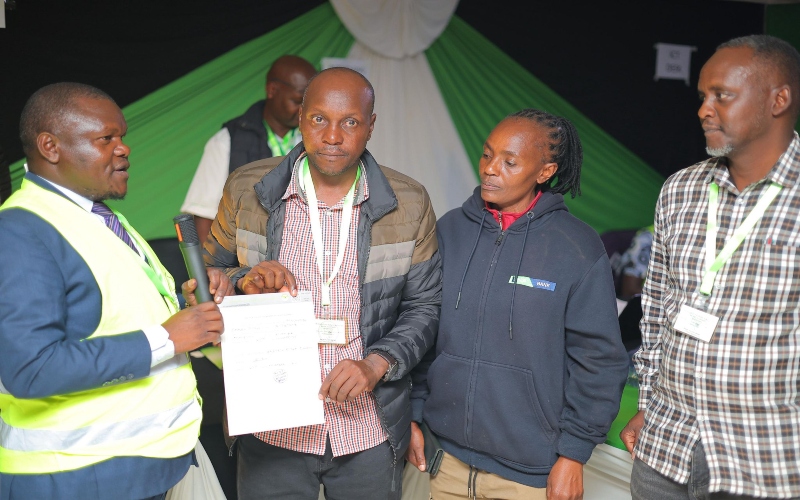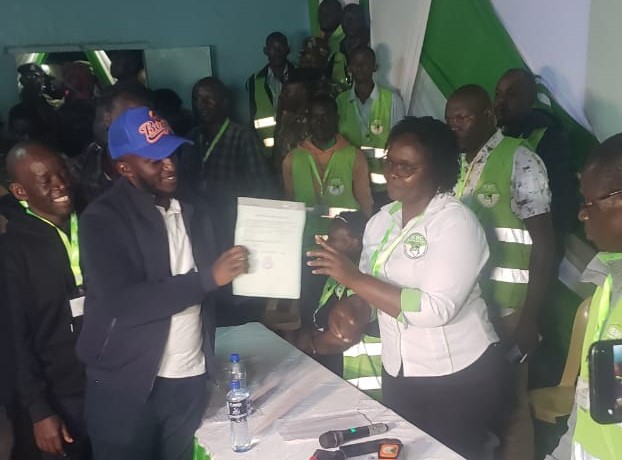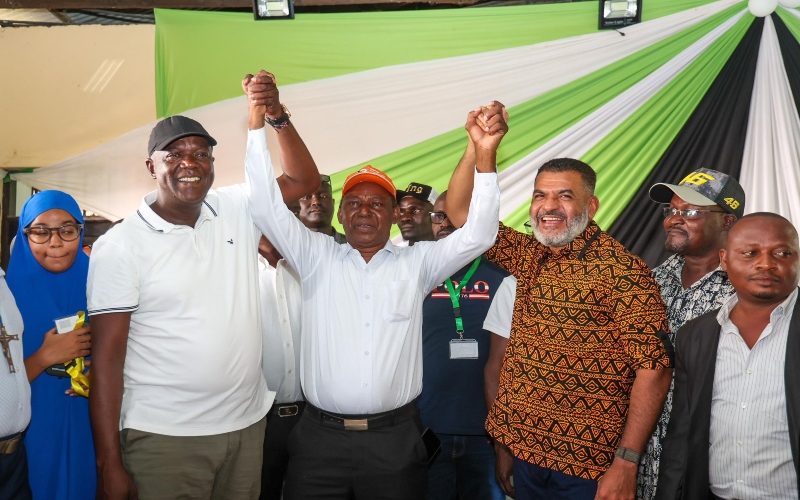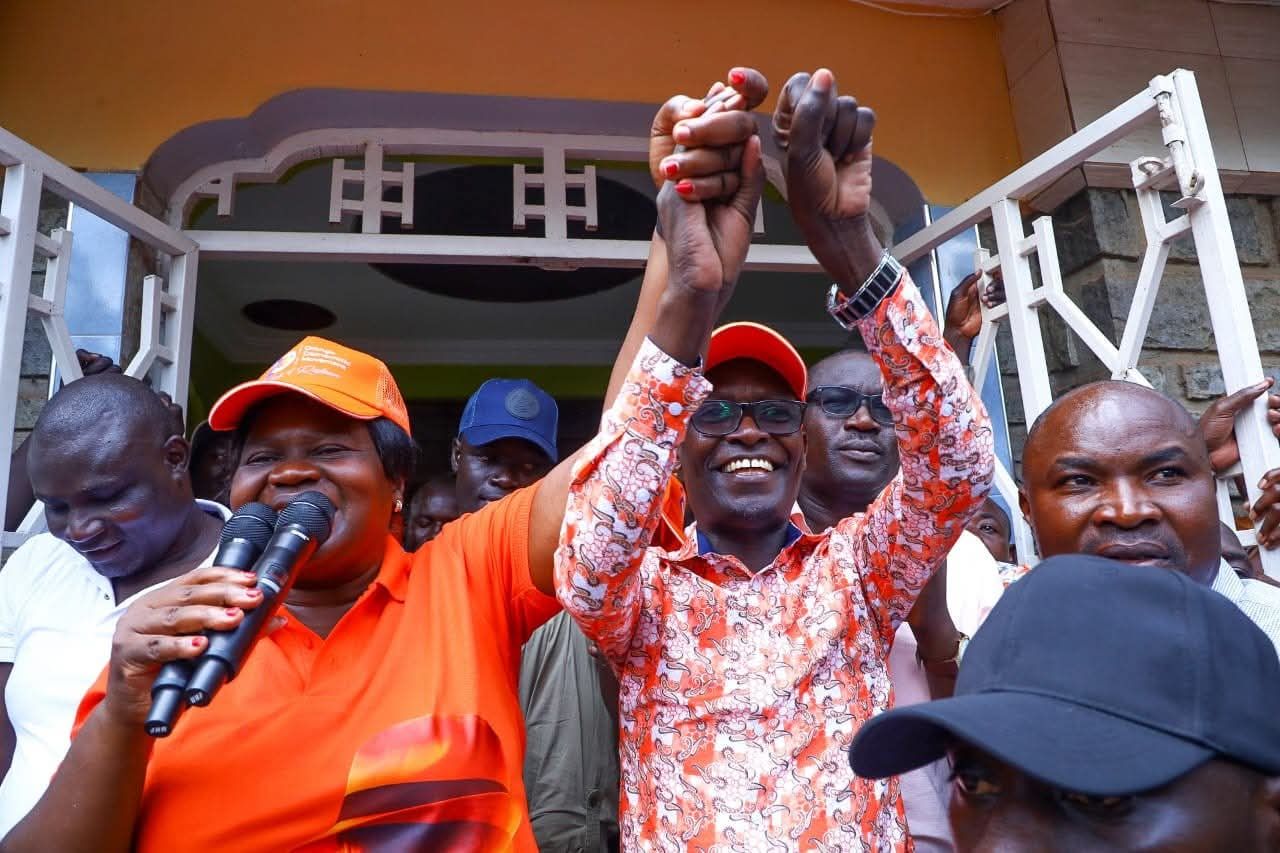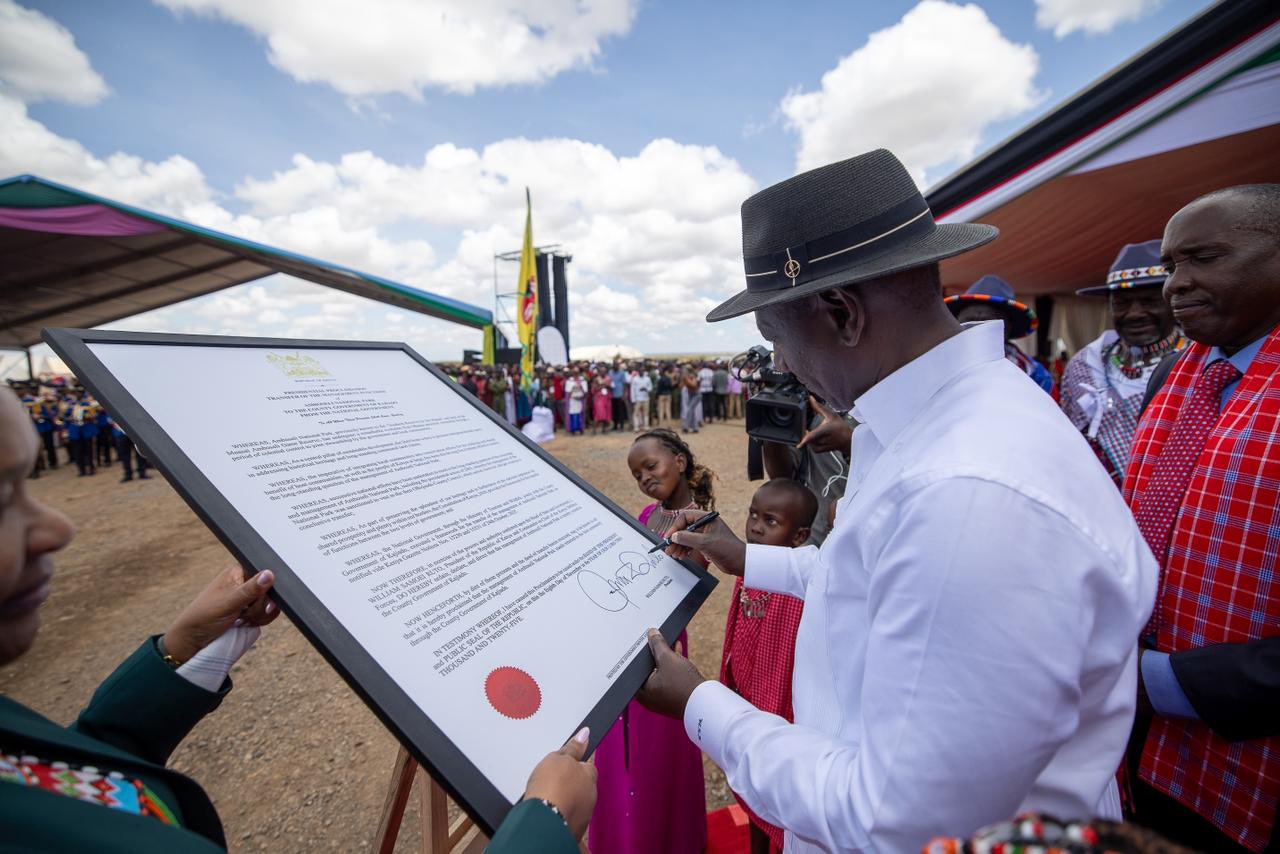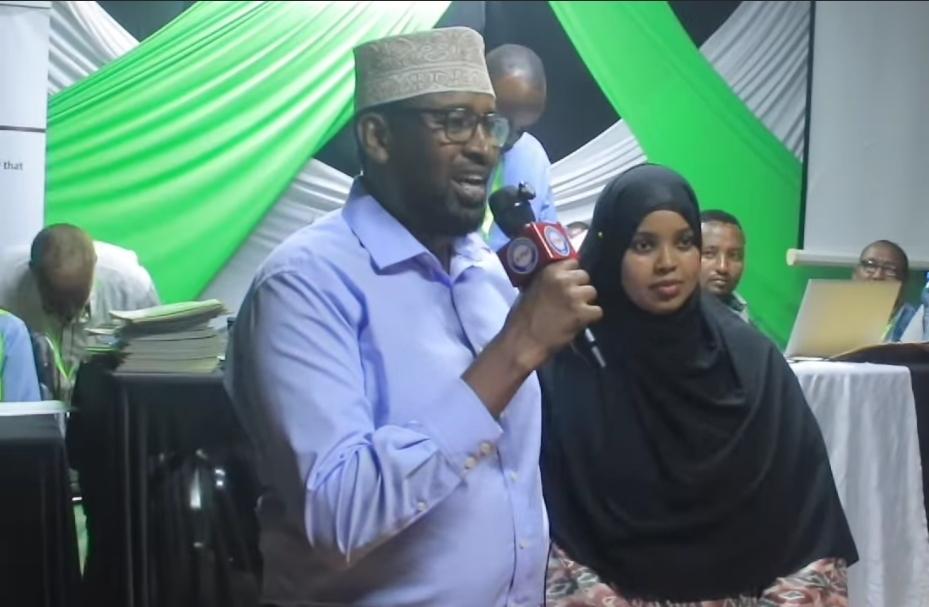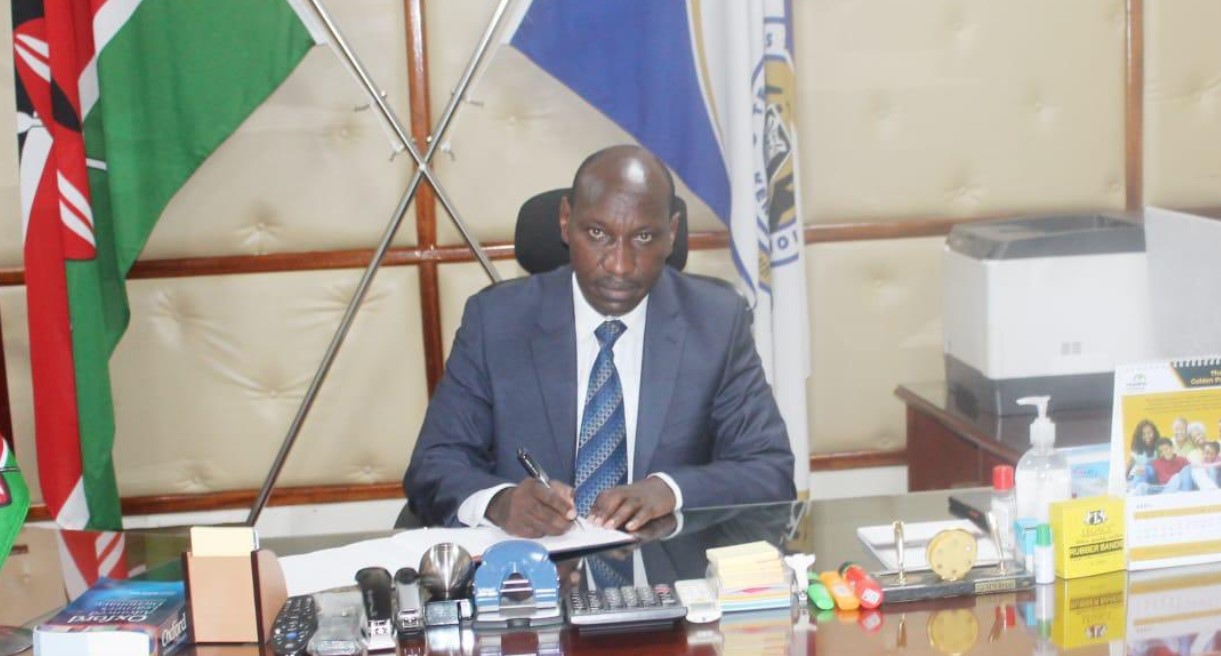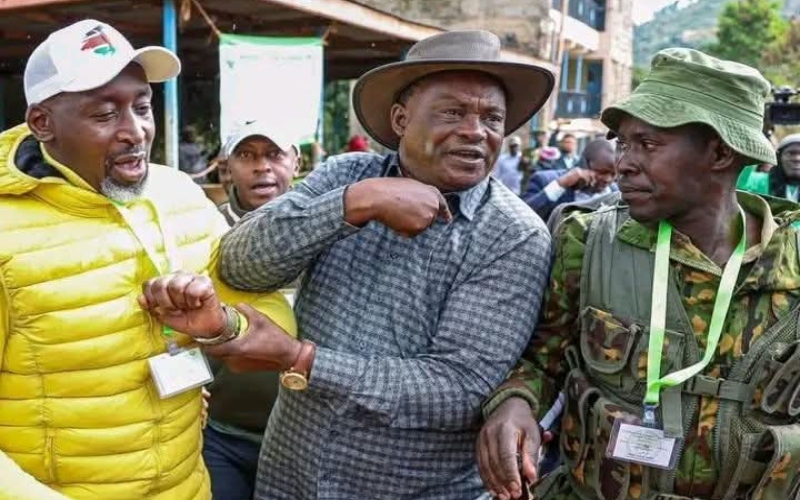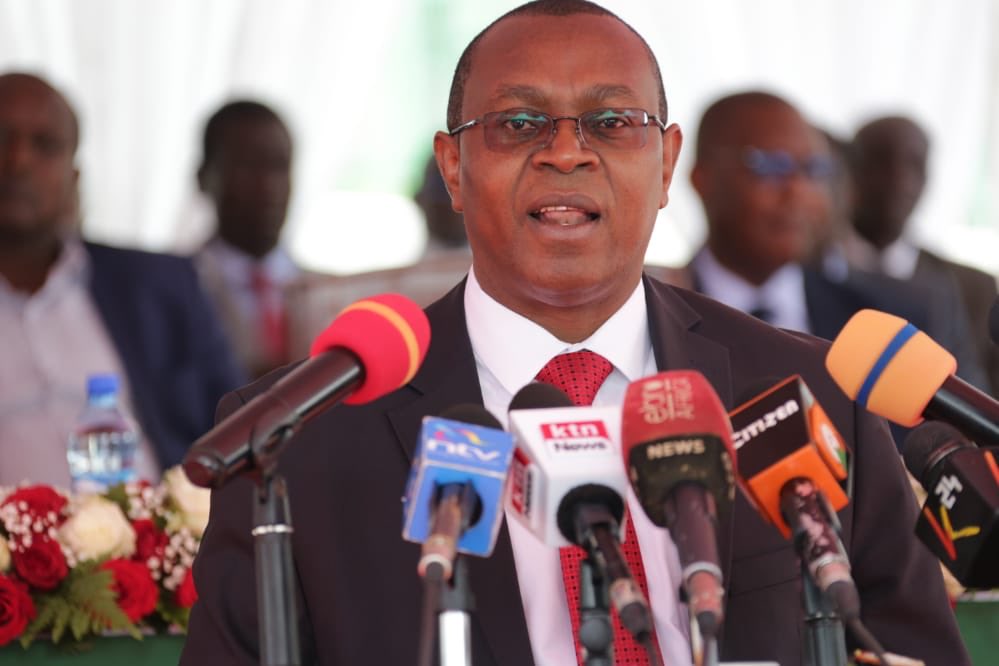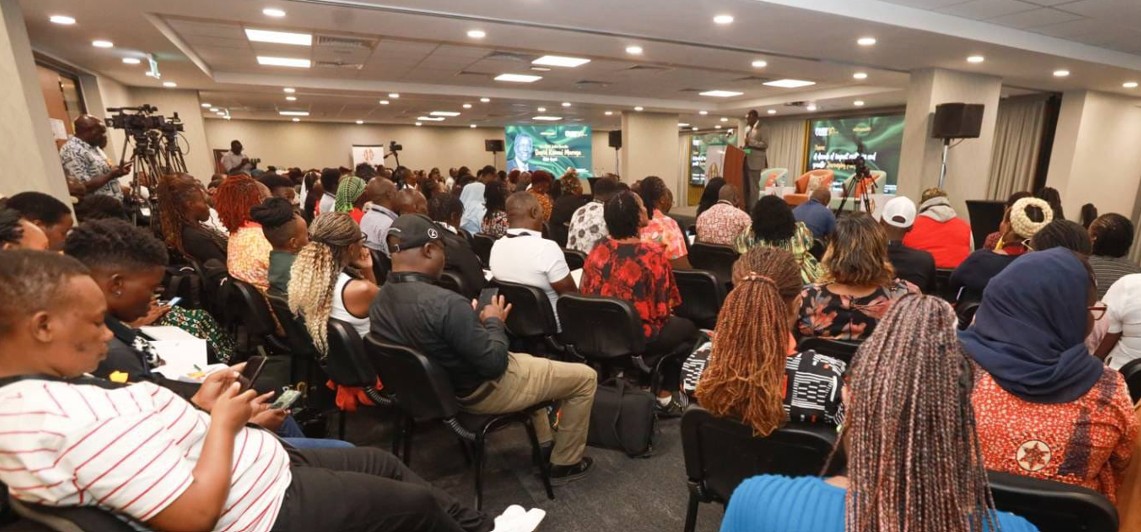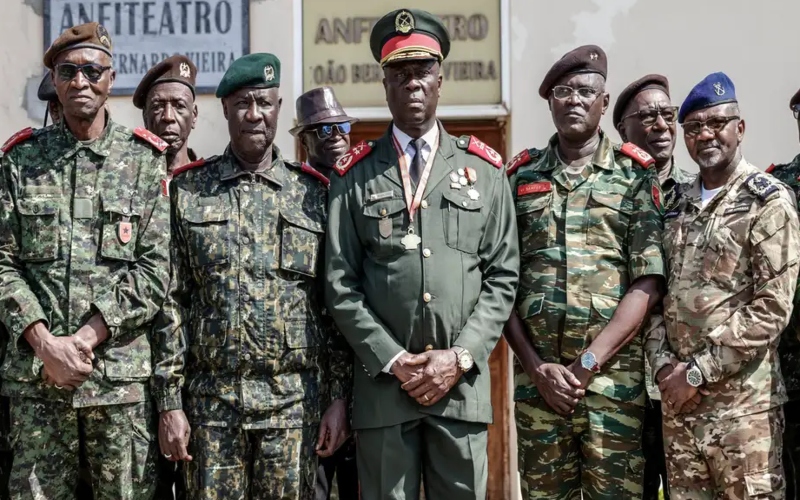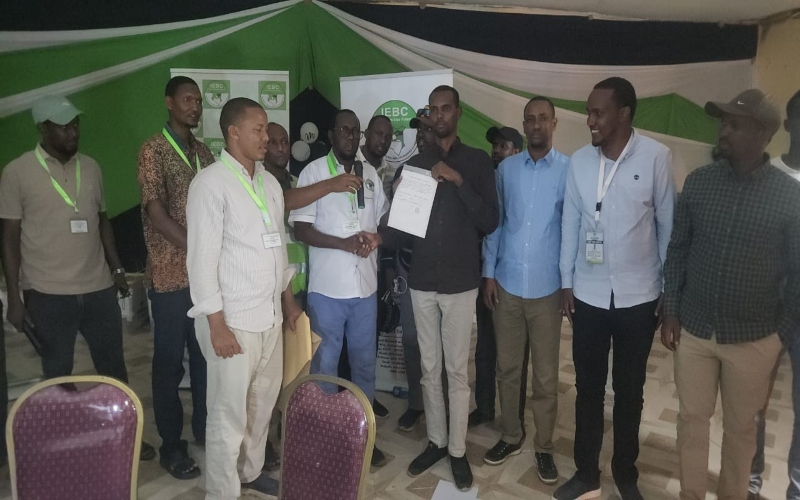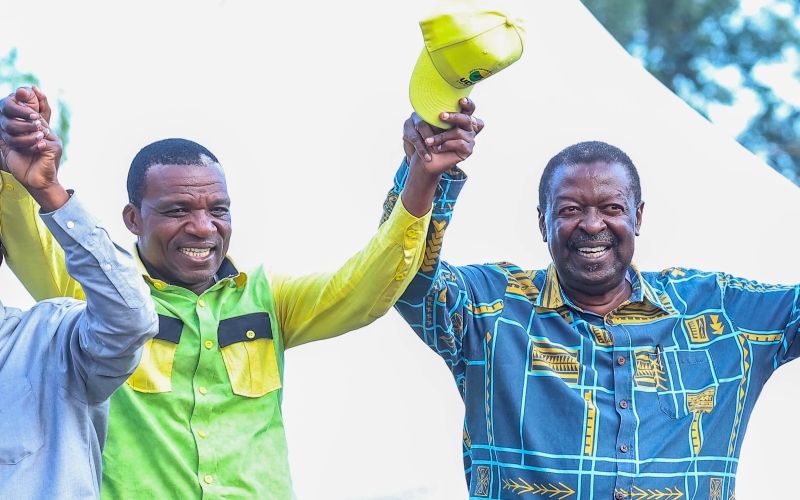Principals unveil revised senior school fees ahead of 2026 transition
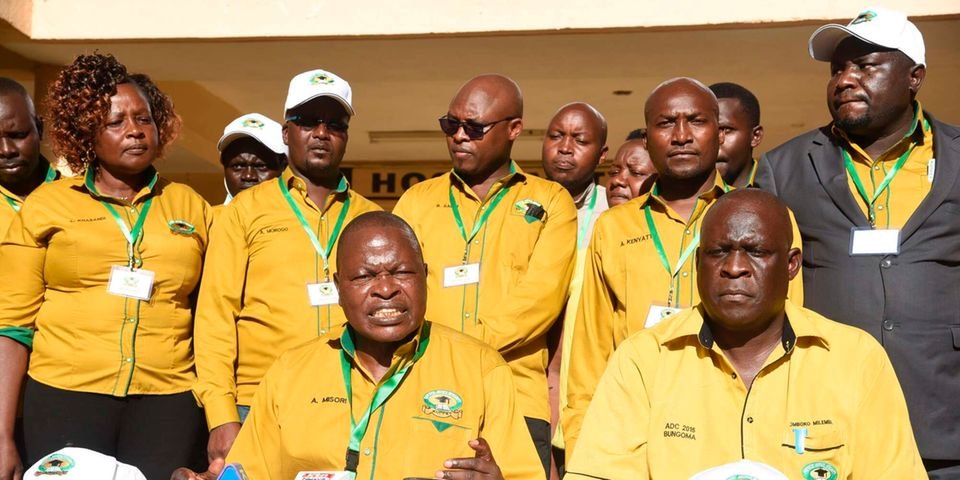
The new fees will vary by school cluster and are intended to match the cost of implementing senior school pathways, including science and technology.
Principals have proposed revised fee guidelines for senior schools ahead of the January 2026 transition, as education stakeholders prepare to accommodate over 1.2 million Grade 9 learners entering senior school.
According to the school heads, the new fees will vary by school cluster and are intended to match the cost of implementing senior school pathways, including science and technology.
More To Read
- Blow to State as court declares eCitizen Sh50 charge illegal, halts mandatory school fee payment via platform
- Government dismisses reports of boarding fee increase in public senior schools
- Government sets annual standard fee of Sh53,554 for all public senior boarding schools
- Revised fees framework to address parent concerns ahead of 2026 senior school transition
- Publishers warn of delays in Grade 10 textbooks rollout over Sh3 billion government debt
- KNEC directs schools to identify gifted Grade 9 students for senior school specialisation
Under the proposal, national schools under Cluster 1 would charge Sh73,182 per learner annually, while extra-county and county schools in Clusters 2 and 3 would charge Sh60,023. Day schools under Cluster 4 would charge Sh5,372.
The Kenya Secondary Schools Heads Association (KESSHA) also wants the government to revert to the pre-2018 capitation disbursement model: 50 per cent of the annual Sh22,244 per student in Term 1, 30 per cent in Term 2, and 20 per cent in Term 3.
In addition, school heads have called for a three-year cycle for reviewing capitation to reflect inflation trends and support infrastructure needs linked to the Competency-Based Curriculum (CBC) rollout.
They have also urged the Ministry of Education to review boarding and lunch fees in public secondary schools and provide clear guidance on how to handle unpaid fees when Form Four students complete school.
“At the moment, there is a caveat against withholding Form Four certificates as a method of recovering outstanding fees,” KESSHA National Chairman Willy Kuria said.
At the same time, the Kenya Union of Post-Primary Education Teachers (KUPPET) and KESSHA have continued to push for Junior Secondary Schools (JSS) to be relocated from primary institutions and integrated into senior secondary schools.
They argue that hosting JSS within secondary schools will strengthen mentorship, enhance infrastructure use and promote academic continuity.
“Establishing JSS within secondary schools will ensure continuity and mentorship, promote infrastructure readiness and enhance equity and access,” KUPPET Chairperson and Emuhaya MP Omboko Milemba said.
He said the union had previously written to the Office of the President and other stakeholders on the matter, but did not succeed.
“But we did not succeed because of reasons we are aware of. The push is still ongoing, but moving forward, we must change strategy. JSS should be an independent school so that we have three distinct levels: primary, JSS, and senior school,” Milemba said.
He added that JSS should be led by specially trained JSS teachers rather than primary school headteachers, as is currently the case.
“The teachers who are currently teaching JSS should become the principals and leaders of that sector. That would help bridge the gap between teachers in JSS and those in senior school,” he said.
According to Milemba, many secondary schools have unutilised classrooms following the phase-out of the 8-4-4 system and a reduced Form One intake.
Kuria supported the call, saying senior schools are better placed to identify students’ academic strengths and offer better mentorship.
“If JSS were hosted in senior schools, teachers would interact more meaningfully, helping to identify learners’ competencies,” he said.
He added that the existing infrastructure in senior schools, such as science laboratories, libraries, and ICT facilities, is better suited for implementing specialised JSS pathways like STEM and applied sciences.
According to Kessha, most primary schools, particularly those in urban and peri-urban areas, lack the infrastructure necessary to support JSS.
“Allowing senior schools to host JSS can ease pressure on primary institutions and help decongest them while expanding access to quality education,” Kuria said.
The government has already begun preparing for the transition, including retooling teachers and constructing about 1,600 science laboratories nationwide.
Top Stories Today
